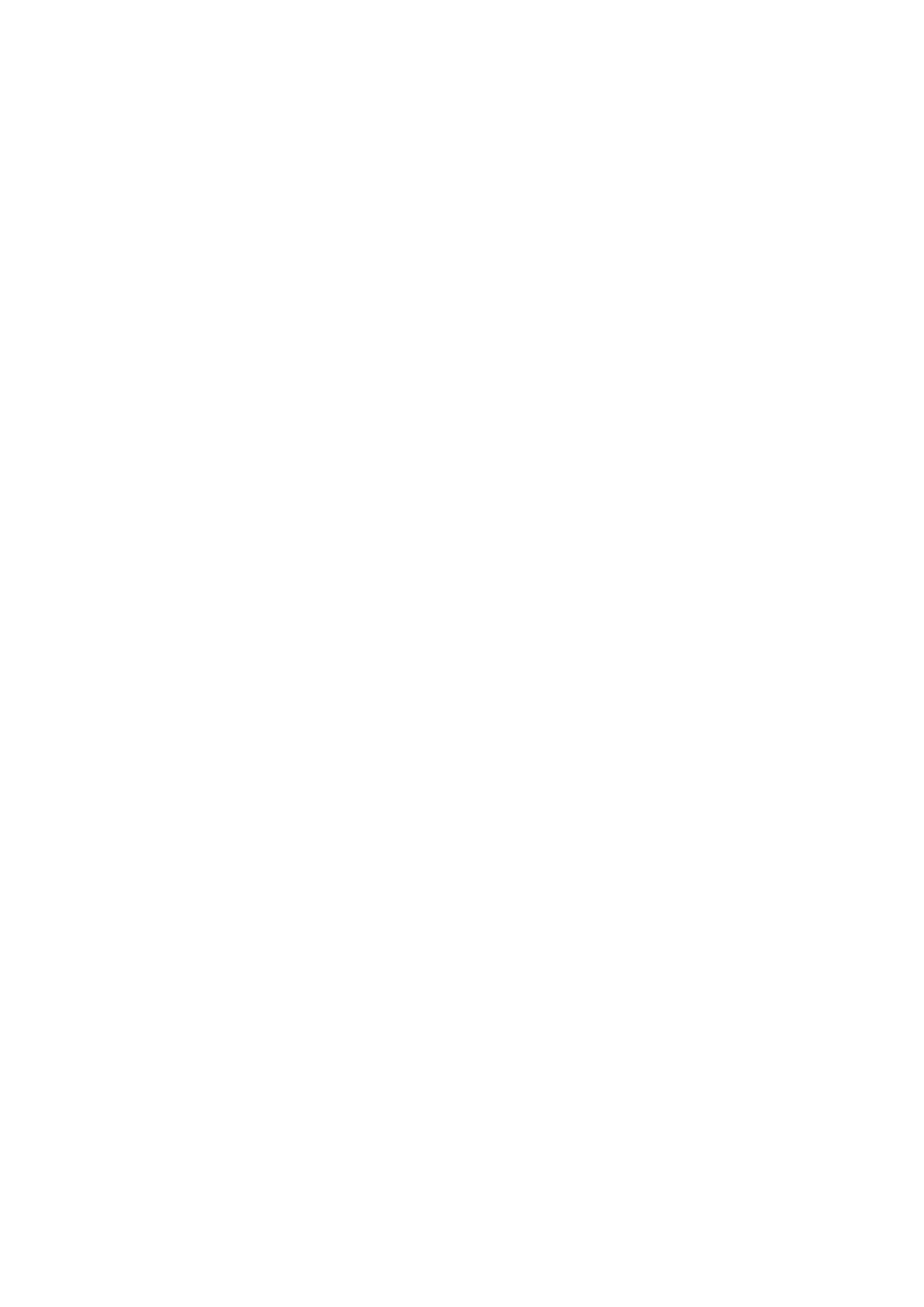
19(34)
operations studied in this project, an official in a municipality in southern
Sweden approached a university institution in order to organize a course for
its middle management. The institution offered to take care of the course
for the price of 55 000 EUR (500 000 SEK; approximately 1 EUR = 9 SEK).
The procurement director explained to the official that a project of that size
had to be advertised. This was also carried out, and one tender was
submitted–from the same institution that had offered to take care of the
course, but now the price was 44 000 EUR. Subtracting the administrative
cost of formal procurement, the municipality gained about 16 percent on
the original price by exposing the supplier to (potential) competition.
Secondly, no attempt is made to estimate the gains from the reduced risk
of cartels or corruption in different forms. The description used assumes
that corrupt behavior would lead to the selection of producers at the high
end of the price spectrum, but if real corruption were present, prices would
of course be affected.
Costs
When administrative costs are computed, it is important that they are
limited to the
additional
costs generated by the public procurement
framework. Even a direct procurement from a supplier that is known by the
procuring entity requires a detailed specification of what is to be delivered.
As a consequence, the administrative cost associated with procurement
rules should comprise potential extra costs because of more complicated
procurement documentation, advertising, the processing of the tenders
submitted, and the final announcement of the result.
It is open to discussion whether the administrative cost among suppliers
should be included, representing a socioeconomic rather than a pure public
finance perspective. It can be argued that producing tenders is part of
normal activities in business and that in private markets suppliers more or
less often prepare tenders that in the end yield no profit. Both alternatives
are investigated in the present study.
Choice of Threshold Value
The threshold value in a procurement regulatory framework determines
how large a proportion of all procurement operations will be captured by
the framework and subject to competition. Because it is a standard value,
there will always be two types of errors: in some procurement operations,
the gains from competition will not cover the additional administrative
cost incurred, whereas some procurement operations will not be subjected
to competition, although the potential gain would justify doing so. In this
sense, one is faced with a trade-off between two types of errors. A
requirement for the threshold value in a procurement framework is that
expected gains on average should cover the transaction costs incurred
by procuring entities, but this would not normally be considered to be
sufficient. Margins are required to ensure that transaction costs are covered
in a qualified majority of cases. The ultimately optimal threshold value
depends on what proportion is required in this respect. Values have been
computed for two-thirds and three-quarters. As shown in the analysis
below, the variation associated with the choice of this safety margin by far
dominates all other sources of uncertainty.


